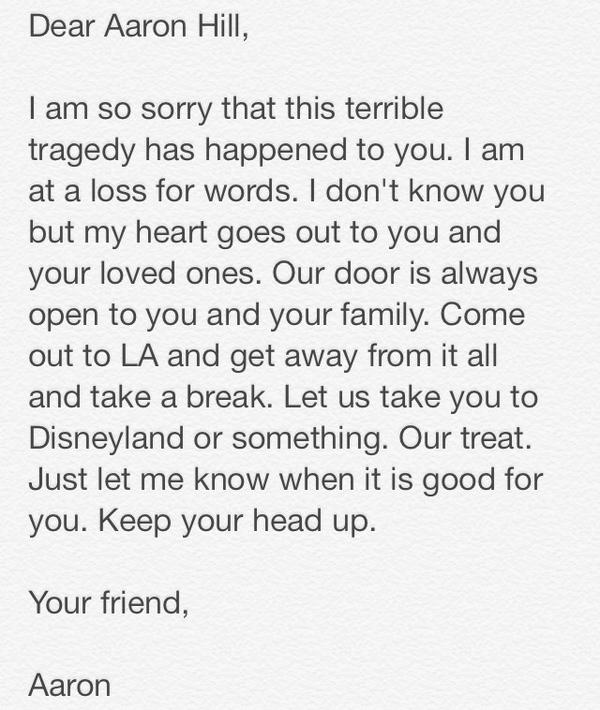Rebecca Hersher reports at NPR:
According to the advocacy group Autism Unites, people with autism spectrum disorders are seven times more likely to interact with police over their lifetimes, compared with people without a cognitive disorder.
The "seven times" figure appears to come from Dennis Debbaudt, who consults on intereactions between police and people on the spectrum.
In 2001, he wrote with Darla Rothman:
Recent research concluded that the developmentally disabled are approximately seven times more likely to come in contact with law enforcement than others.1
The "recent research" cited in the footnote was a 1993 article:
1. K. Curry, M. Posluszny, and S. Kraska, "Training Criminal Justice personnel to Recognize Offenders with Disabilities," Office of Special Education and Rehabilitative Services News in Print, (Winter 1993).
This article, in turn, is available here. It does provide some data on the incarceration of people with intellectual and learning disabilities, but does not have any data on broader contacts with police. Most important,
it does even not mention the word autism. Even if it had, the data would not have been useful, since the criteria for identifying autism have shifted considerably since the publication of
DSM-IV in 1994.
What do we actually know about the subject?
A systematic review of the literature has found:
It was found that whilst there is an emerging literature base on this topic, there are a wide variety of methodologies used, making direct comparison difficult. Nevertheless it can be concluded so far that people with ASD do not seem to be disproportionately over-represented in the CJS [criminal justice system], though they commit a range of crimes and seem to have a number of predisposing features. There is poor evidence of the presence of comorbid psychiatric diagnoses (except in mental health settings) amongst offenders with ASD, and little evidence of the oft-asserted over-representation of certain kinds of crimes.
The Bureau of Justice statistics does not separately measure crime against ASD people, but it has found that
victimization of people with cognitive disabilities is twice as common as crime against non-disabled people.

